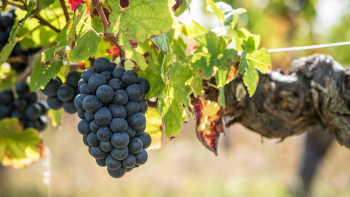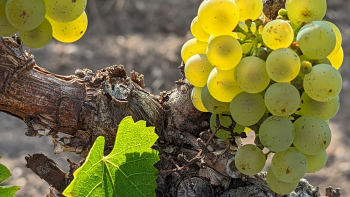Varieties of interest for adaptation (VIFA)

The VIFA directive allows ODGs who wish to do so to introduce into their specifications the possibility of observing for at least 10 years the behavior of vine varieties whose characteristics suggest that they will be able to respond to problems identified by the ODGs.
This concerns, for example, reducing the quantities of phytopharmaceutical products, better adapting to climatic changes, ... This tool is implemented on a restricted scale, subject to precise monitoring by a technical organization. The VIFA framework enables the operators concerned to retain the benefit of the PDO under certain conditions.
To date, some twenty wine AOP/AOCs have mobilized this option, and all wine-growing basins are concerned.
The VIFA framework
In order to control the consequences of the introduction of VIFAs in wines marketed under PDO, the procedure provides that the benefit of the PDO may be maintained under the following conditions:
- a limit of 5% of the farm's grape varieties
- an incorporation in blends of wines marketed under PDO limited to 10% in order to limit substantial modifications to the characteristics of the wines
- the limitation of VIFAs to 10 varieties per PDO and per color
- compliance with an agreement between each operator, the ODG and the INAO, specifying that the ODG is to be supplied with all the information needed to complete the cultural behavior of these VIFAs in the different plots planted, and that wine samples are to be supplied, in particular samples of wine from VIFAs vinified separately
- in the case of a collective structure, products from several farms but from the same VIFA may be vinified together.
So-called "resistant" varieties cannot be concerned at present, as current European regulations specify that PDO wines are made exclusively from varieties of the Vitis Vinifera.
species.An experiment to help decision-making
The aim of this procedure is to enable operators to plant these varieties now, and ODGs to benefit from as much information as possible to make a final decision. At the end of the 10-year observation period during which the agreement on the future of VIFAs applies, the ODG will benefit from three possibilities, depending on the results of the cultivation and tasting observations:
- propose the definitive integration of the VIFA into the specifications
- propose the withdrawal of the VIFA from the specifications
- request the extension of the observation period for a period of 5 years

